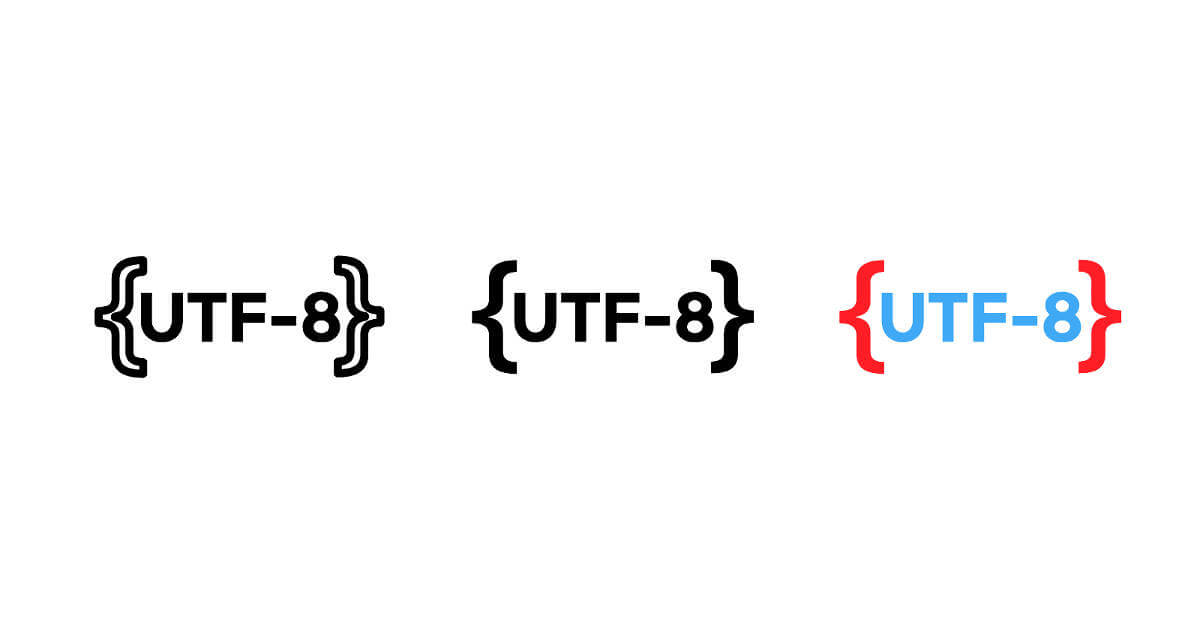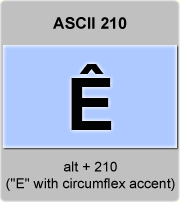

These assignments often conflicted, so part of the effort to convert data from one format to another involves making the correct meta-information conversions. The early users of ASCII adopted some of the control codes to represent “meta-information” such as end-of-line, beginning/end of a data item, and so on. Two of the device control characters, commonly called XON and XOFF generally served flow control character functions to control flow to a slow device (such as a printer) from a fast device (such as a computer), so that the data will not saturate the reception capacity of the slow device and will be lost.
PRINTABLE ASCII CHARACTER TABLE CODE
Many of the ASCII control characters were used to mark data packets, or to control data transmission protocols (for example ENQuiry, with the meaning: is there a station out there? ACKnowledge: received or “, Start Of Header: start header, Start of TeXt: the beginning of the text, End of TeXt: end of the text, etc.).ĮSCape and SUBstitute allowed a communications protocol, for example, to mark binary data so that it contained codes with the same code as the character characters, and can be interpreted by the receiver as data rather than as protocol characters The designers of the ASCII code devised the separator characters for use in magnetic tape systems.

Since code 0 was ignored, it was possible to leave gaps (hole regions) and later make corrections. Although this function resembles other control characters, the ASCII designers devised this code to be able to “erase” a section of the perforated paper (a popular storage medium until the 1980s) by punching all possible holes in a specific character position, replacing any previous information. The ASCII code reserves the first 32 codes (numbered 0 through 31 in decimal) for control characters – codes not originally intended to represent printable information, but to control devices (such as printers ) that used ASCII. For example, character 10 represents the “line feed” function, which makes a printer feed the paper, and character 27 represents the “escape” key often found in the upper left corner of keyboards. common.Ĭode 127 (all seven bits to one), another special character, is equivalent to “delete”. In addition to reserving a few control codes for the word processor, and does not define any mechanism to describe the structure or appearance of the text in a document these matters are specified by other languages such as tag languages.


ASCII code defines a relationship between specific characters and sequences of bits Machines that did not use parity checking would set the eighth bit to zero in most cases, although other systems such as Prime computers, which executed PRIMOS set the eighth bit of the ASCII code to one. At the time the ASCII code was introduced, many computers worked with groups of eight bits ( bytes or octets ), as the minimum unit of information where the eighth bit was commonly used as a parity bit with error control functions on communication lines or other device-specific functions.


 0 kommentar(er)
0 kommentar(er)
